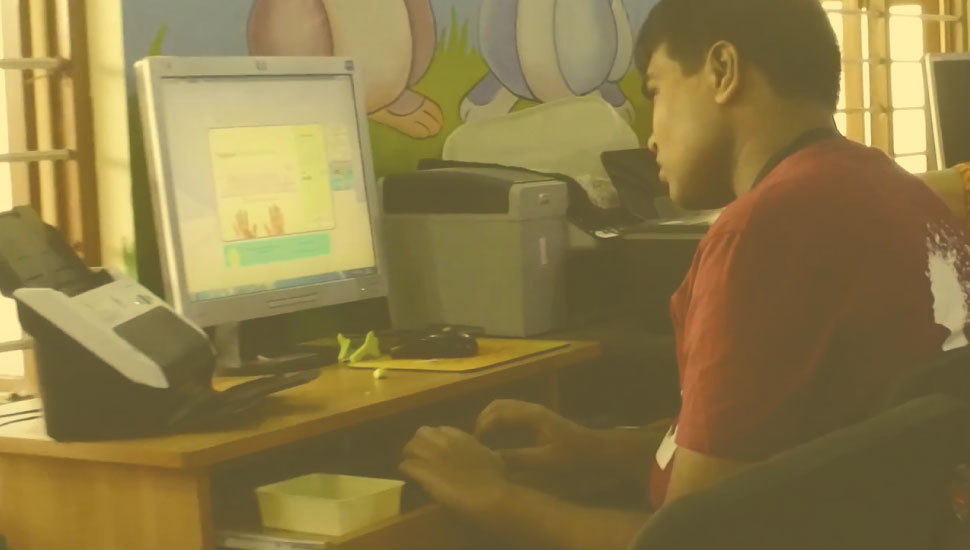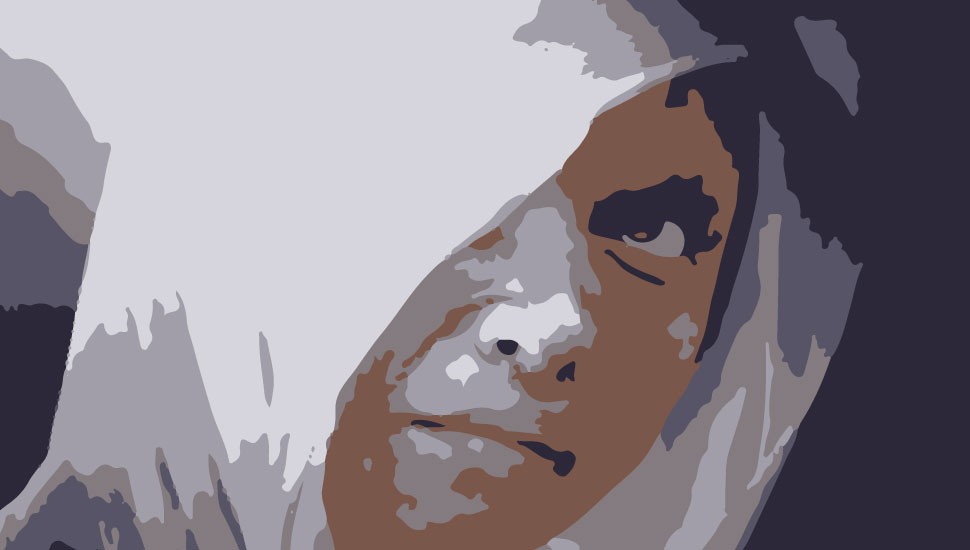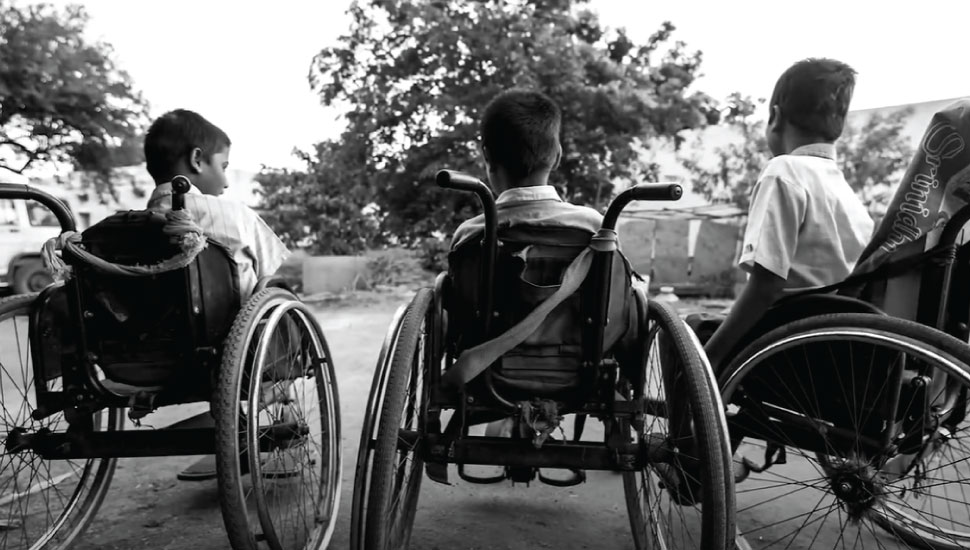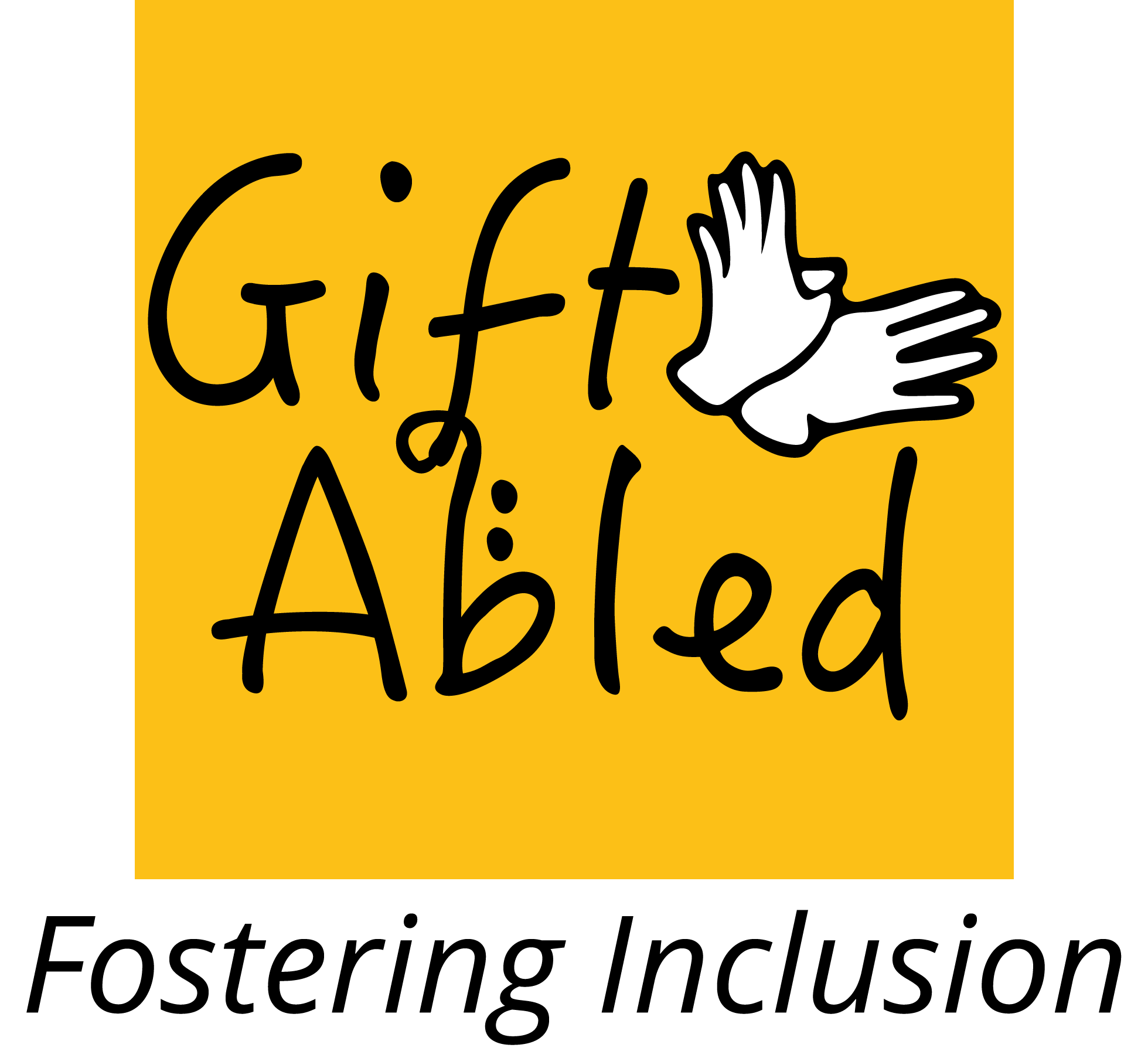
We try to rewrite the theory of survival of fittest by the survival of all by providing equitable and exclusive opportunities for those who were continuously underestimated by society. Here is a new resurrection to a new independent and dignified life by earning your self.

Disability
The 2011 census shows that 21 million people in India face one or the other type of disability and 69 percent of them are living in Rural areas. Considering the urban rural divide and limited employment opportunities in rural areas apart from labour oriented agriculture, it is understood that they are not only deprived of employment opportunities but the environment for self development. Companies have to create a level playing field to tap into a huge pool of talent with disability.
Acid Attack
The data released by the National Crime Bureau report state that the number of acid attack cases in the years between 2014 to 2018 are 1483. Aftermath of such attacks are not only physical injuries or but also its isolation, fearful as well as humiliating attitude form the families, society and the other institutions they belong to. The disfigurement occurred out of the acid attack becoming a disabler to engage in economic activities due to the ignorance shown by the employers, although they are skilled. Let them show their capabilities by proving their skills, Be a part of the survival by offering deserving jobs.


LGBQIA
Stigmatisation of the life of LGB is a major factor that affects the right to practice economic activities for the maintenance of livelihood. Narrow mindedness of the people in the society is an absolute denial of the right to exist, hence people are unwilling to have a LGB as their neighbours, employ them in company etc. The analysis done by CAP ( Centre for American Progress) reveals that most of the LGB families are likely to depend on the Federal benefit system and there is a huge increment in this dependency after the outbreak of Covid 19 which created a high unemployment rate among LGB when compared to others. Hence as focused repression is happening on one side, it is important to build a support system to combat this situation by creating an exclusive place where they can get opportunities.
Opportunity Deprived (Socially & Economically Deprived)
Affirmative action and non-discrimination on the basis of caste has been around from last few decades. Like civil rights/ race (Black Lives Matter) movements highlight the discrimination in Western world similarly in India, caste has been a challenge to achieve equality for long. Of India’s 1.4 billion people, about 200 million are Dalits. However, commensurate percentages of Socially deprived are not seen in the private sector.
As per UNDP, Multidimensional Poverty Index, almost 21% population in India is living below income poverty line. Due to poor quality of education, quite a few capable individuals from the Economically Weaker Section (EWS) have limited opportunity to enter or grow in the Corporate sector.


Seniors
Old age homes,insecurities and violence have been considered as the major challenges faced by the senior citizens, apart from that there are structural and economic challenges that have been ignored so far. The 2011 Census says that there are approximately 104 million elderly persons in India, and three quarters of the same live in rural areas, and face issues like poverty, food insecurity, limited access to health and other services etc. Hence there are no social securities such as pension, ESI, etc, assured especially for informal sector workers, ensuring economic independence and channelization of their human capital would be important factors that assures empowerment.
Second Career – For Women on Maternity / Sabbatical
Women participation in the labour force is very low in India when compared to the global scenario, According to ILO model analysis the female unemployment rate in India is 5.2. Most of the countries in the world show the same trend where women are more unemployed when compared to men. The mandatory gender roles embodied in the culture and social norms such as motherhood, house wife, etc limit women to enter into the economic activities and discourage them to be the breadwinners of the family. Women who took a break from their career face a major setback due to a deficit in practice or work experience and such situations add fuel to fire by overlooking their skills. At a macro level hinders maximum utilization of human capital and Micro level this denies a dignified life for women.


Transgenders
Sensitization and discourses on challenges faced by transgenders have been a popular trend in India that succeeded to achieve the first census or counting of transgenders in 2014 and the approximate number of transgenders according to that count is about 4.9 lac. A five year study conducted by the National Human rights commission observed that 92 percent of transgenders are deprived of the right to participate in any form of economic activity in the country and they are being forced to do begging, sexwork and Badhais. Hence, India is a mixed economy, the role of the private sector is undeniable in recognizing and empowering transgenders.
Veterans
Veterans who have been injured or acquired disability during the service are an unidentified vulnerable category. As per the Indian Army Veterans portal the number of veterans in India is about 2.6 million. Major challenges that they face after getting injured are unemployment and uncertain livelihood. Drastic change in the income pattern and lag in the procedure of pension pushes them into the debt trap. Ineligibility to continue in the same profession and lack of opportunities in other fields adds fuel to fire. Veterans welfare is the duty of citizens and all sectors are obliged to assure a social security when they begin a civilian life.

